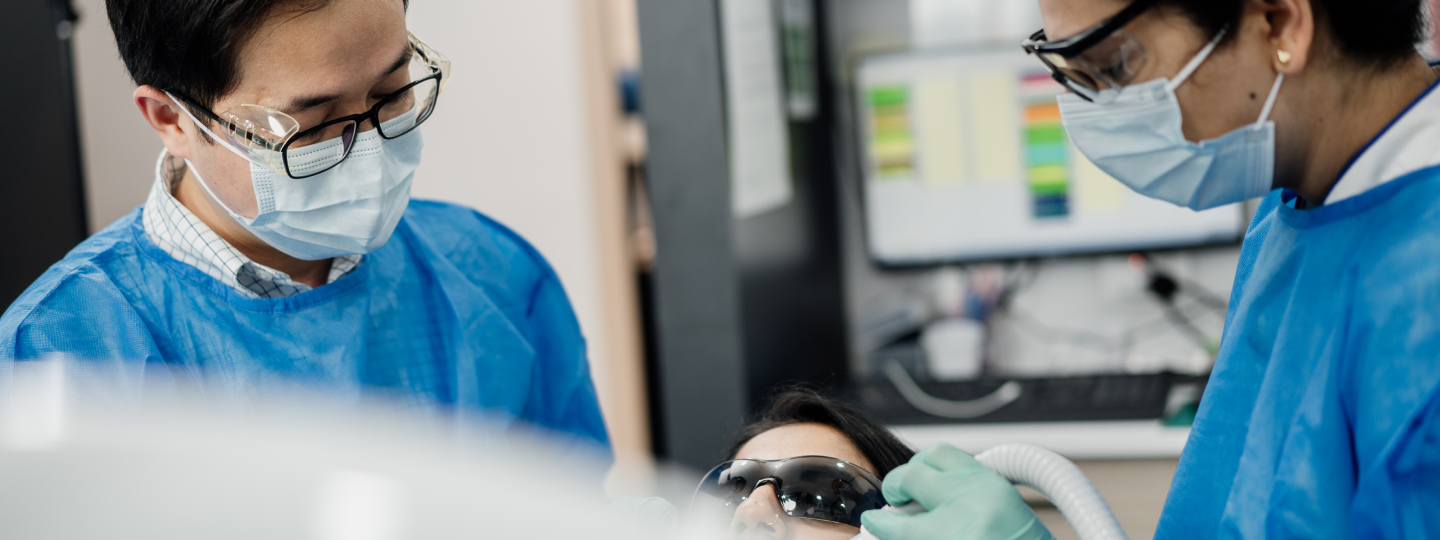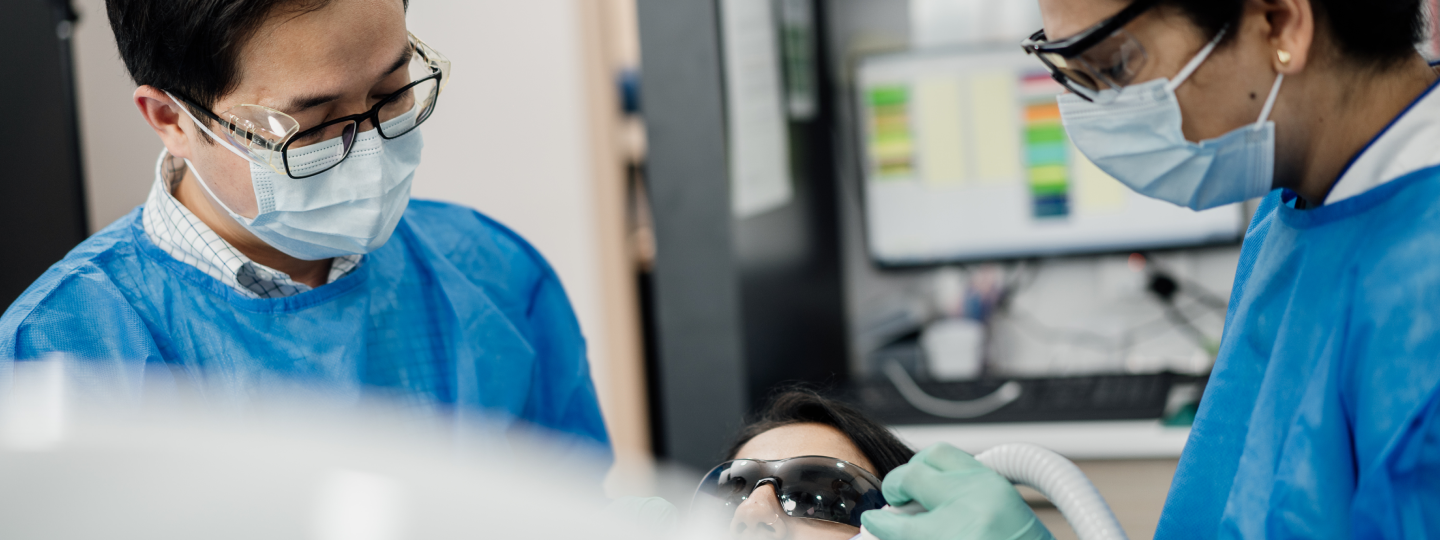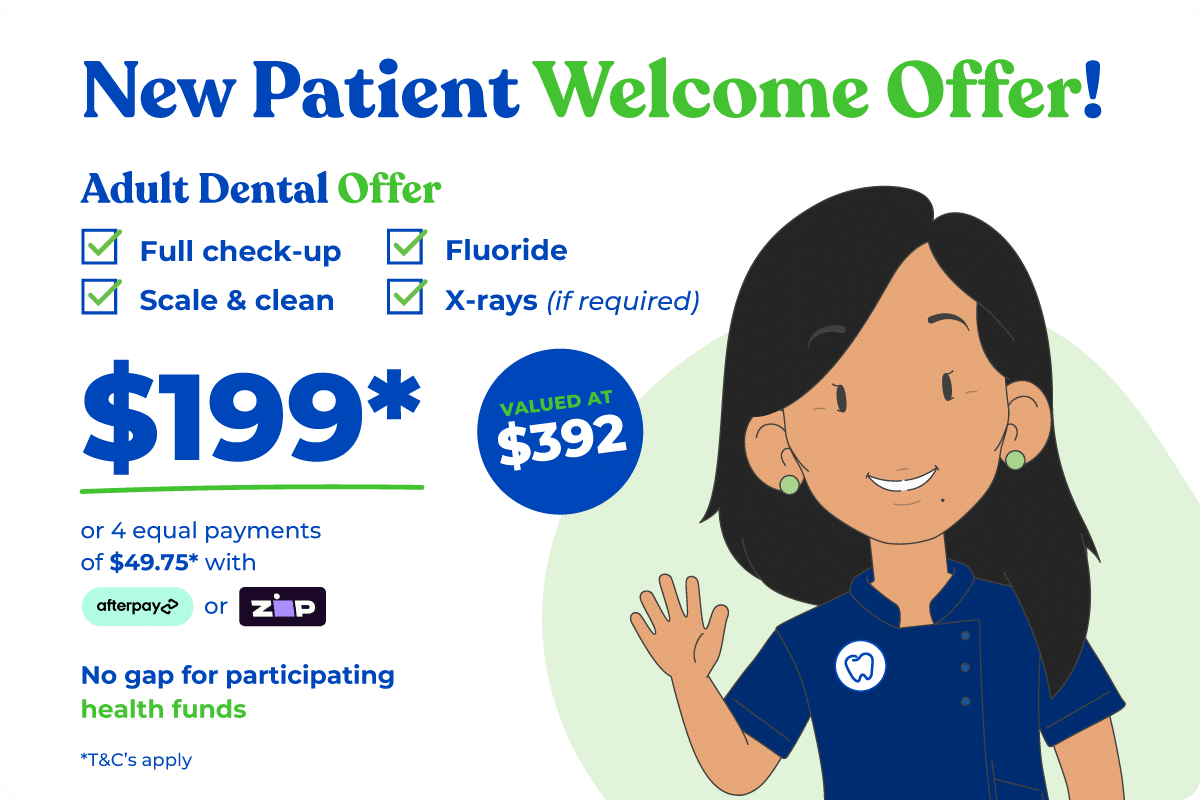- Dental Offers
- Dental Careers
- Services
You may need to get a tooth removed if you are experiencing:
– Tooth decay
– Tooth infection
– Trauma damage to teeth or gums
– Gum disease
– Crowding of teeth
But don’t fret! Removing a tooth is relatively commonplace and the procedure itself is pretty much pain-free. But there’s often a small amount of downtime after your procedure while the area heals.
To speed up the recovery process, aftercare is key! So here are our top tips from Primary Dental for a quicker recovery after a tooth extraction, that will have you back to feeling yourself in no time!
- Rest up!
As your body heals after a tooth extraction, it’s normal to feel less energetic than usual. Vigorous physical activity can slow down the healing process. So it’s best to avoid any strenuous activity for around 48 hours as it can increase the blood pressure in your head and that can cause the gum to bleed at the site of the extraction. So no heavy lifting!
Elevating your head on a pillow encourages blood flow away from the extraction site – which will reduce inflammation and allow you to heal faster. Allow yourself time to rest. Watch your favourite movies or take a nap!
- Eat soft foods
Soup, yoghurt and apple sauce will be your best friends after tooth extraction. It’s best to only consume liquids or really soft food (hello, mash potato) for the first 24 – 48 hours. Smoothies are also a great way to boost energy and keep up vital nutrients – but you’ll need to use a spoon rather than a straw. (But more on that later!)
It’s important to keep consuming enough calories as this promotes a speedy recovery and helps you feel better. Harder foods can cause injury to the extraction site, which will impact your recovery so try to avoid these for a week, and introduce them back into your diet slowly.
Most patients are able to return to their regular diet around 7 – 10 days after their tooth extraction procedure.
- What to avoid
After your tooth extraction, it’s best to avoid smoking as this could stop the blood from clotting around the extraction site. Hot liquids and alcohol are also not recommended as this can slow down the healing process or cause further damage to the extraction site.
Now, consuming all these liquids might make you want to grab for the nearest straw, but slow down for a second. Best to use a spoon for liquids as a blood clot will form around the extraction site after your procedure. It’s important to keep this in place, as if it gets dislodged it can cause dry socket, a painful complication, which will leave more than just an unpleasant taste in your mouth!
- Control inflammation
So, now the anaesthesia has worn off, you may be able to feel some discomfort at the site of the extraction. This should pass after a few days and can be managed easily with over-the-counter anti-inflammatory medications. However, if pain persists, contact your dentist as you may have an underlying complication and best to rule out an infection.
- Oral hygiene
After your tooth has been removed, don’t put your daily oral hygiene routine on hold. You can still brush and floss, just be careful to avoid the tooth extraction site. To help prevent infection rinse with salt water after 24 hours, and repeat a few times a day. This can help reduce inflammation and helps keep your mouth clean, to keep away any nasty infections!
Tooth removal is a common procedure and nothing to worry about. Most patients have teeth extracted without encountering any problems. And you can be one of them.
If you think you need a tooth extraction, our experienced team at Primary Dental are here to help. Our compassionate dentists will take good care of you and provide full aftercare instructions following your procedure.
Visit Primary Dental for quality dental care. For further information or to schedule an appointment, find your nearest practice here.
More Articles.
view all5 Tips for recovering from a Tooth ExtractionFeeling a soreness in your teeth or gums? You may need to get a tooth removed if you are experiencing: - Tooth decay - Tooth infection - Trauma damage to teeth or gumsA guide to dental hygiene for kidsIt’s true that oral care starts even before your baby’s first tooth comes through. But do you know the importance of establishing an oral care routine for your child as they develop? And most importantly how do you get them to stick to it?What is a root canal? And do I need one?Experiencing pain in your tooth or gums, but don’t want to undergo a painful dental procedure? You're in luck! Contrary to popular belief, root canal therapy is a pretty straightforward treatment.× - Dental Careers










